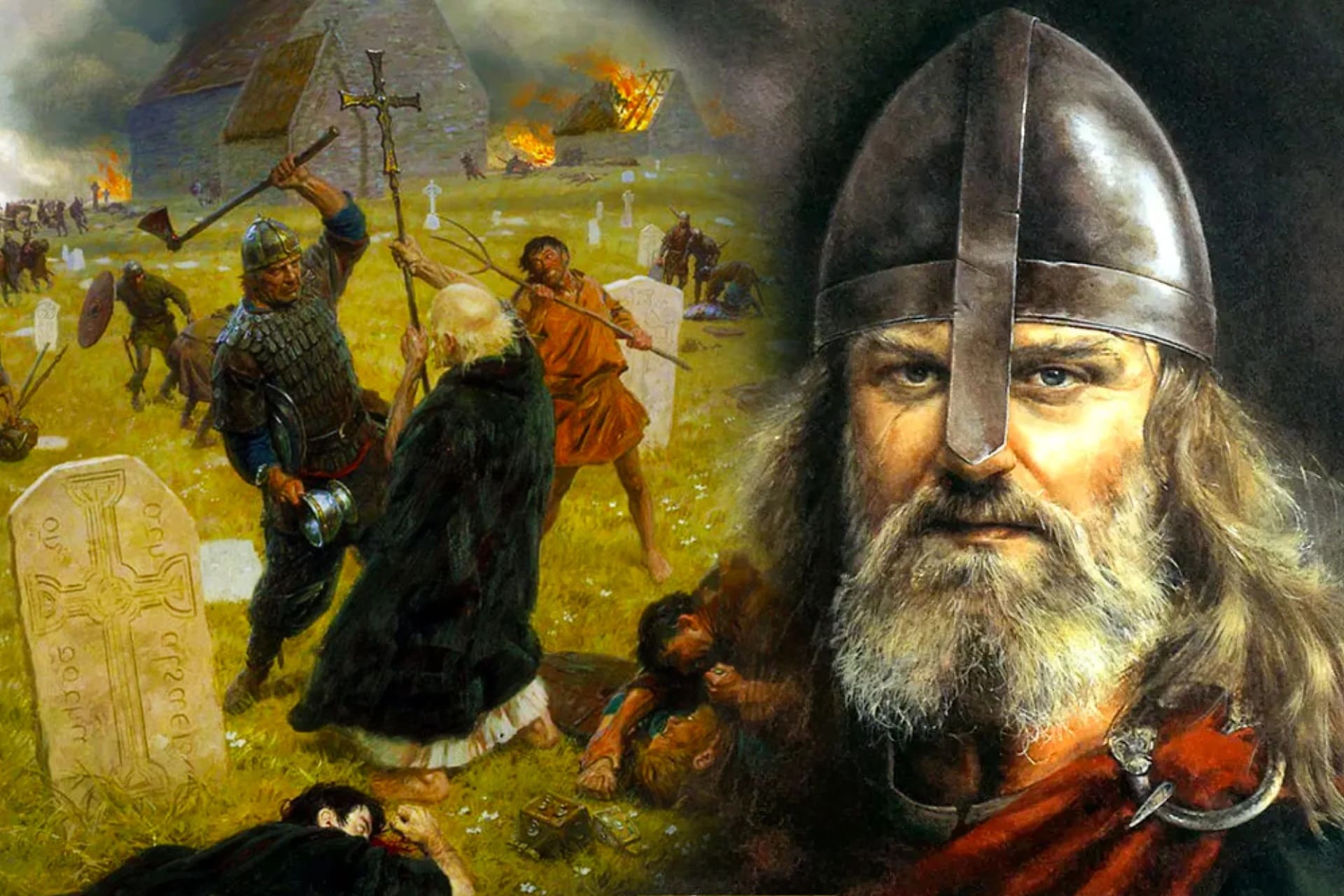
Why did the Vikings raid the British Isles? The answer lies in a mix of adventure, wealth, and survival. Viking raids began in the late 8th century, driven by a desire for riches and new lands. The British Isles, with their monasteries full of treasures, became prime targets. Harsh Scandinavian winters and limited farmland pushed many Vikings to seek better opportunities abroad. Raiding offered not just material gain but also social status and glory. Over time, these raids evolved into full-scale invasions, leading to settlements and significant cultural exchanges. The Vikings left a lasting impact on the British Isles, shaping its history in profound ways.
Key Takeaways:
- Viking raids on the British Isles were swift and brutal, targeting wealthy monasteries for loot. They also led to cultural exchange and intermarriage, shaping the region's history and traditions.
- The Viking Age brought significant changes to the British Isles, including the establishment of the Danelaw and the rise of Viking leaders like Ragnar Lothbrok. The era eventually ended due to factors like Christianization and economic shifts.
Viking Raids: A Glimpse into History
Viking raids on the British Isles are legendary. These seafaring Norse warriors left a lasting impact on history. Let's dive into some fascinating facts about their raids.
-
First Recorded Raid: The first recorded Viking raid on the British Isles occurred in 793 AD at Lindisfarne, a monastery on the northeast coast of England. This attack shocked the Christian world.
-
Lindisfarne's Significance: Lindisfarne was not just any monastery. It was a center of learning and spirituality. Its sacking marked the beginning of the Viking Age.
-
Longships: Vikings used longships for their raids. These vessels were fast, flexible, and could navigate both open seas and shallow rivers, making surprise attacks easier.
-
Hit-and-Run Tactics: Viking raids were often swift and brutal. They would strike quickly, loot, and then retreat before local forces could respond.
-
Monasteries as Targets: Monasteries were frequent targets because they were wealthy and poorly defended. Vikings sought gold, silver, and other treasures.
The Viking Expansion
The Viking raids were not just about plunder. They were also about expansion and settlement. Here are some key facts about their broader impact.
-
Danelaw: Parts of England came under Viking control, known as the Danelaw. This area had its own laws and customs influenced by Norse traditions.
-
York: The city of York, originally called Eoforwic, became a major Viking center. It was renamed Jorvik and thrived under Norse rule.
-
Settlements: Vikings established settlements in various parts of the British Isles, including Ireland, Scotland, and the Isle of Man.
-
Cultural Exchange: The Viking presence led to significant cultural exchange. Norse and Anglo-Saxon cultures influenced each other in language, art, and trade.
-
Intermarriage: Vikings often intermarried with local populations, blending their cultures and creating lasting legacies.
Viking Leaders and Legends
Viking leaders played crucial roles in the raids and subsequent settlements. Their stories are filled with intrigue and adventure.
-
Ragnar Lothbrok: One of the most famous Viking leaders, Ragnar Lothbrok, is a legendary figure. His exploits, both real and mythical, have inspired countless tales.
-
Ivar the Boneless: Ivar the Boneless, one of Ragnar's sons, was a fearsome warrior. He played a key role in the Great Heathen Army's invasion of England.
-
Great Heathen Army: In 865 AD, the Great Heathen Army, led by Viking chieftains, invaded England. This large force aimed to conquer rather than just raid.
-
Alfred the Great: King Alfred of Wessex successfully defended his kingdom against Viking invasions. His efforts helped shape the future of England.
-
Battle of Edington: In 878 AD, Alfred the Great defeated the Vikings at the Battle of Edington. This victory led to the Treaty of Wedmore and the establishment of the Danelaw.
The End of the Viking Age
The Viking Age eventually came to an end, but its impact remains. Here are some facts about the decline of Viking raids.
-
Christianization: Many Vikings converted to Christianity, which changed their way of life and reduced the frequency of raids.
-
Norman Conquest: The Norman Conquest of England in 1066 marked the end of the Viking Age. The Normans were descendants of Vikings who had settled in France.
-
Economic Changes: Changes in trade and economy made raiding less profitable. Vikings began to focus more on trade and settlement.
-
Military Resistance: Increased military resistance from local forces made Viking raids more difficult and less successful.
-
Legacy: The legacy of the Viking raids is still evident today in place names, language, and cultural traditions across the British Isles.
Viking Raids: A Lasting Impact
Viking raids on the British Isles left a mark that still resonates today. These Norse warriors didn't just pillage; they influenced culture, language, and trade. Towns like York became bustling centers due to Viking settlements. Their seafaring skills and longships revolutionized naval warfare and exploration. The raids also led to the creation of fortified towns and the eventual unification of England under a single ruler.
Understanding Viking history helps us appreciate the complexities of medieval Europe. Their legacy isn't just about violence but also about innovation and cultural exchange. Next time you hear about Vikings, remember their contributions go beyond the stereotypical image of marauding invaders. They were a pivotal force in shaping the British Isles, leaving a legacy that continues to fascinate historians and enthusiasts alike.
Frequently Asked Questions
Was this page helpful?
Our commitment to delivering trustworthy and engaging content is at the heart of what we do. Each fact on our site is contributed by real users like you, bringing a wealth of diverse insights and information. To ensure the highest standards of accuracy and reliability, our dedicated editors meticulously review each submission. This process guarantees that the facts we share are not only fascinating but also credible. Trust in our commitment to quality and authenticity as you explore and learn with us.
